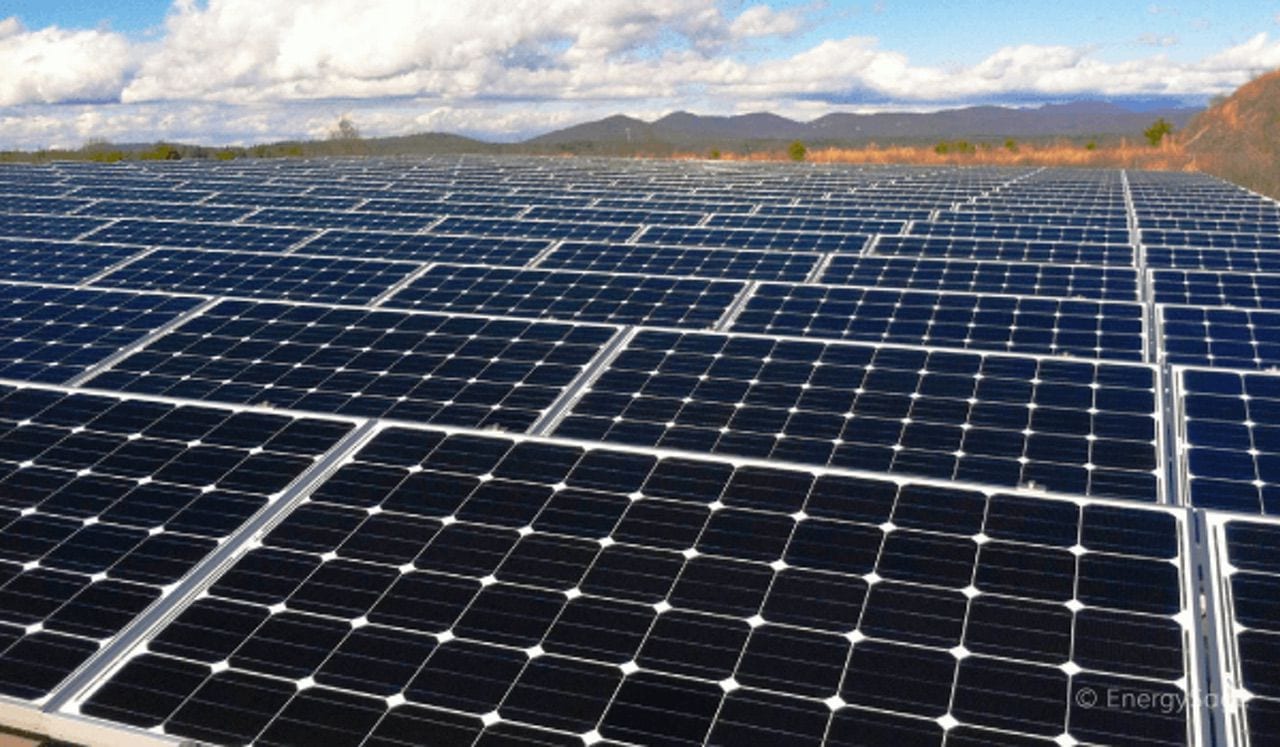
Perhaps the best thing about getting older is that you have the opportunity to watch dreams turn into reality. Solar power from photovoltaic cells was just an expensive, impossible dream back in 1970 when I was an 8th-grade student at East Junior High in Aurora, Colorado, celebrating the first-ever Earth Day. In this article, I’ll talk about the roots of solar power, the first practical uses on spacecraft, and how companies and individuals are now taking advantage of the sun to produce clean, inexhaustible energy.
The Photovoltaic Effect
The Photovoltaic effect is a chemical and physical phenomenon in which electricity is generated from a material upon that material being exposed to light. The effect was first described 181 years ago in 1839 by Edmond Becquerel, who placed plates of platinum or gold into various solutions and exposed them to light.
The first “modern” solar cell was invented in 1884 by Charles Fritts, who plated selenium with a thin layer of gold. Although the solar cell had the desired effect of generating an electrical current, the Fritts cell was horribly inefficient.
So, how does exposure to sunlight cause material to generate electricity? Here’s an explanation:
When sunlight or other sufficiently energetic light is incident upon the photodiode, the electrons present in the valence band absorb energy and, being excited, jump to the conduction band and become free. These excited electrons diffuse, and some reach the rectifying junction (usually a diode p-n junction) where they are accelerated into the p-type semiconductor material by the built-in potential (Galvani potential). This generates an electromotive force and an electrical current, and thus some of the light energy is converted into electric energy. The photovoltaic effect can also occur when two photons are absorbed simultaneously in a process called two-photon photovoltaic effect.
– How the photovoltaic effect works, via Wikipedia.
The Space Connection
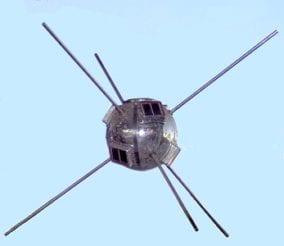
Today’s solar panels are large arrays of large photodiodes, but the first practical use of solar power was on the American Vanguard 1 spacecraft launched in 1958. Dr. Hans Ziegler was one of the German scientists who came to the United States with Wernher von Braun in 1947, and he was fascinated by the work done by Bell Laboratories in the early 1950s on silicon solar cells. In May of 1954, Ziegler wrote:
“Future development [of the silicon solar cell] may well render it into an important source of electrical power [as] the roofs of all our buildings in cities and towns equipped with solar [cells] would be sufficient to produce this country’s entire demand for electrical power.“
– Dr. Hans Ziegler, via Wikipedia
Ziegler was even more prophetic in a letter to the head of the U.S. Signal Corps, General James O’Connell, in September of 1955, saying:
“In fact, in the long run, mankind has no choice but to turn to the sun if it wants to survive.“
– Dr. Hans Ziegler, via Wikipedia
Ziegler realized that solar cells would be the best long-term source of power for artificial earth satellites, thanks to the bright, unfiltered sunlight received in the vacuum of space. He wasn’t able to get solar cells on the first U.S. satellite, Explorer 1, which used batteries for power and only transmitted data back to Earth for 105 days.
The U.S. Navy, which developed the Vanguard 1 satellite, did not believe solar cells were a mature technology. Ziegler persisted, and six tiny solar cells proved the technology by powering the instruments on board Vanguard 1 for more than seven years.
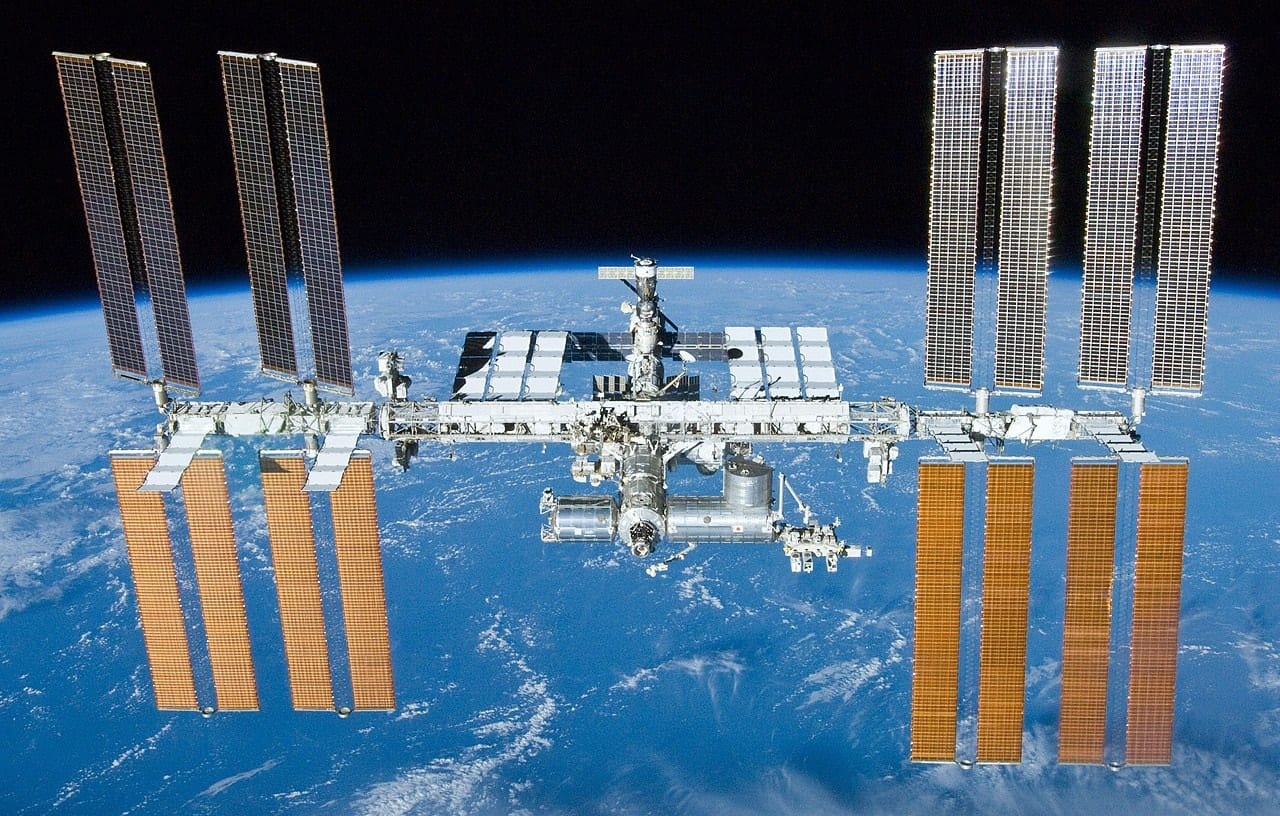
Solar cells and arrays of the cells became the standard for powering spacecraft in Earth orbit, with the largest example being the huge arrays installed on the International Space Station. Those arrays generate up to 120 kilowatts of energy to power the life support systems, communications, and experiments on board the station.
The further a spacecraft is from the sun, the less power can be generated by solar cells, so most spacecraft that have traveled beyond the orbit of Mars have relied on RTGs — radioisotope thermal generators — for power. One notable exception is currently in orbit around Jupiter. NASA’s Juno spacecraft uses three large solar panels to generate 435 watts of power.
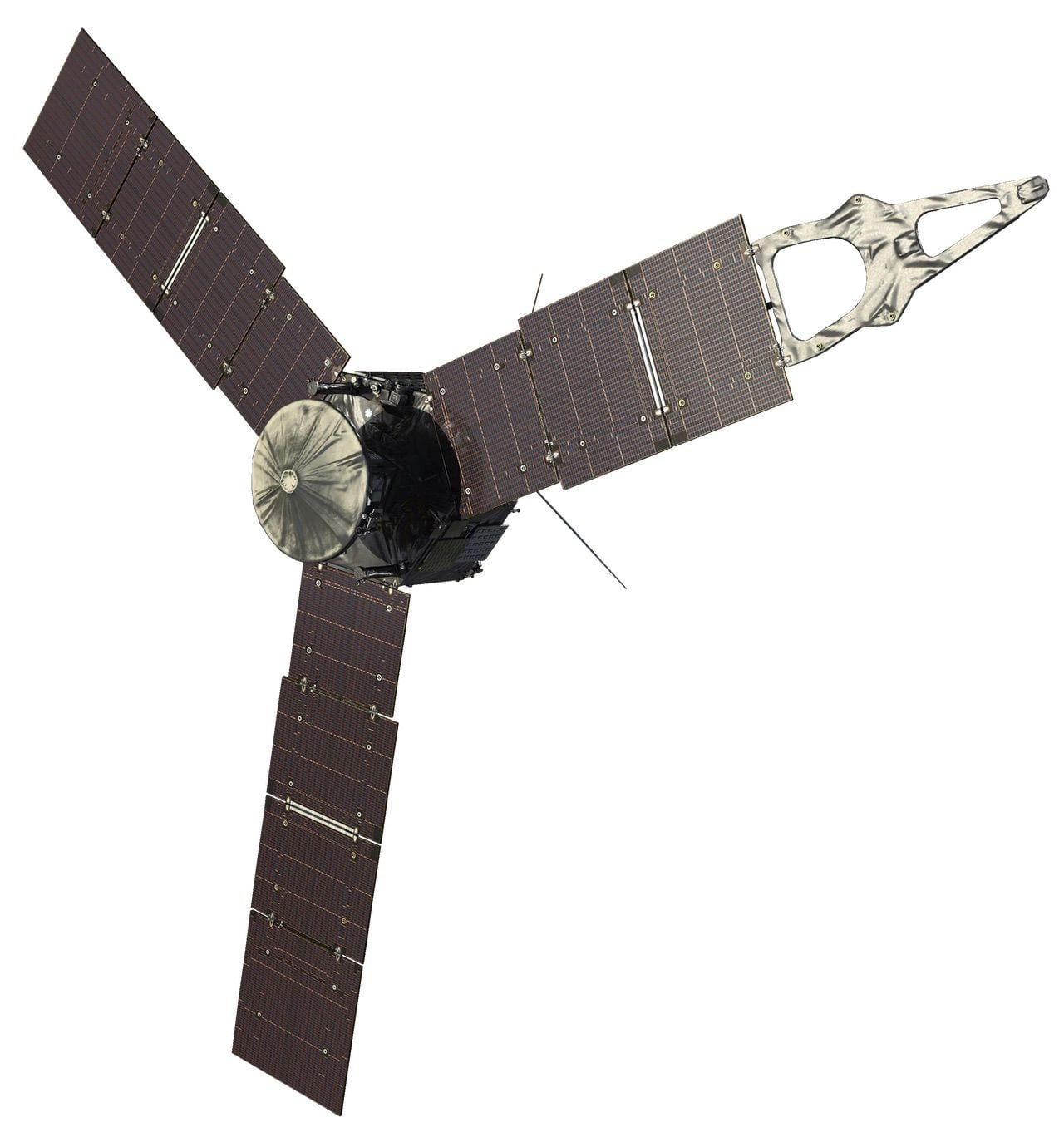
Like many items created for space programs, solar cells went from being an expensive laboratory curiosity to a mass-produced product. The mass production of solar cells has made them ubiquitous, powering lights and fans in remote backpacking restrooms, powering flashing lights on road signs, replacing gas-powered generators for warning signs, and so on.
A Personal Perspective
I personally became interested in the use of solar panels for home power production in 2014, when Solar City (now Tesla) offered a deal I couldn’t refuse. Basically, they’d install and maintain a 9-kilowatt system on our house at no cost, and we’d buy our electricity from them rather than our local electric utility at a rate set below the utility’s price.
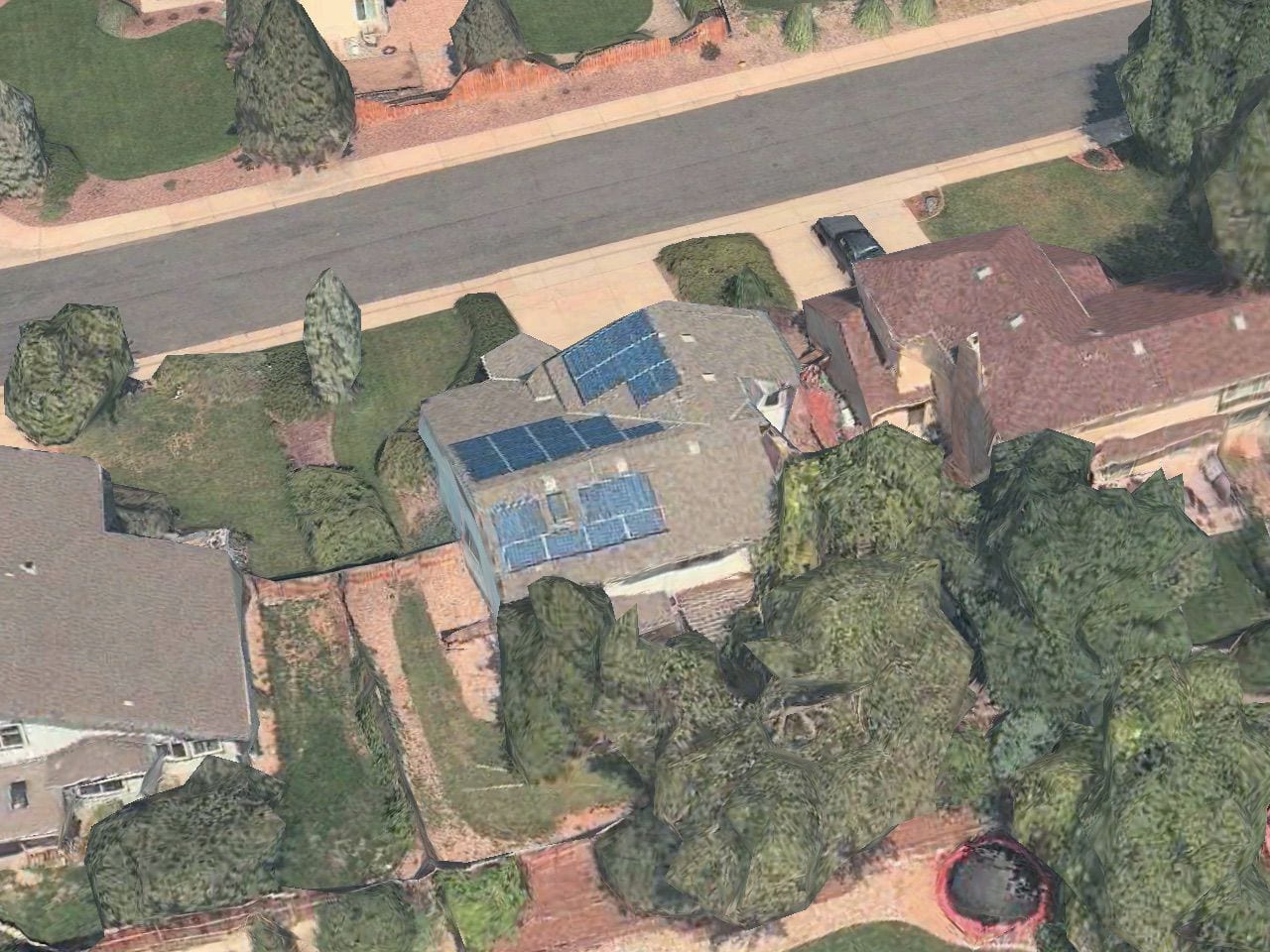
The result? We had no out-of-pocket installation expense, our utility bill is extremely low thanks to the amount of power we generate (especially in the summer months), and the amount we pay Tesla for that power is significantly less than we’d pay our electric utility.
Most solar power programs for consumers don’t work this way. Instead, you’ll pay for the installation of the system (about $22,000 average for a 10-kW system after tax credits), and your produced power will offset your usage. If you generate more than you use, your electric utility pays you for that power; if you use more than you generate, your bill is offset by your generation.
Are there disadvantages with home solar panels? Absolutely. The upfront cost is still prohibitive for many homeowners, with an average 6-kW system available for an average cost of $13,142 after tax credits are applied. The systems are highly dependent on the weather. When it is cloudy or rainy, the panels generate much less power than on a bright, clear day. In states where snow is common in winter, power production can drop to zero on days when snow is piled on top of the panels. That explains why my home system, which can generate as much as 1300 kWh (kilowatt-hours) of power during the summer months, dropped to an all-time low generation total of 273 kWh during this past February.
One thing that could help provide power during those cloudy days is solar energy storage in the form of batteries (the Tesla Powerwall 2, for example), but there are limitations. First, they’re expensive, with the example Tesla Powerwall 2 costing about $10,000, including installation costs. Next, they can only provide power for a limited amount of time — usually, they’ll provide power for the home during the night when usage is low. If your power goes out, you might find that battery storage only supplies your home’s electricity needs for 6 – 7 hours.
Finally, if you’re looking for a totally green energy solution, solar photovoltaic systems produce much less pollution than other energy sources, but they still have some negative points. Transportation and installation of solar systems produce greenhouse gases, and there are toxic materials and hazardous products used during manufacturing that can affect the environment. On the other hand, once those panels are installed and generating electricity, they pollute much less than other energy sources.
OWC’s Solar Commitment
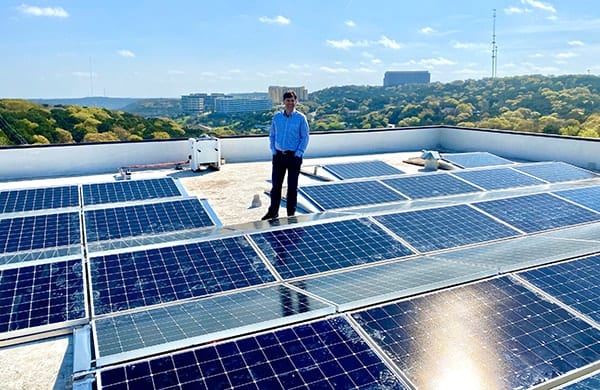
new SunPower solar array in Austin, TX.
As a solar power proponent, I’m proud to be a member of OWC’s Rocket Yard blog team because I know how committed the company is to sustainability. The company’s renewable energy investments make it a zero-emissions technology leader, and that leadership continues to expand.
In 2015, 770 American-made SunPower solar panels were installed at OWC headquarters in Woodstock, IL. And in March of 2020, a solar installation consisting of 696 SunPower panels was installed at their new corporate park in Austin, TX. While it is still awaiting a final startup inspection due to COVID-19 restrictions, the array will soon provide up to 355,000 kWh each year – a total of almost half of the power used by the buildings in the facility.
OWC’s service and upgrade team moved from the existing Woodstock, IL headquarters into a renovated 14,000 square foot space this month so that the company can expand its used Mac sales, repairs, and upgrades. To provide power, OWC will install 154 solar panels “recycled” from the roof of the company’s first Austin location.

The Sun heats the Earth differently from one location to the next, and it’s that temperature variation — expressed in its effect on air pressure — that causes the winds that turn the blades on the huge Vestas V39/500 wind turbine at OWC’s Woodstock headquarters. When the turbine went online in October of 2009, OWC became the first manufacturer/distributor in the U.S. to be 100% powered by wind power generated on-site. The turbine at Woodstock generates more power than needed, so the excess clean power from both wind and sun is pushed to the local electrical grid.
From Dream to Reality
Fifty years ago, on the first Earth Day, a geeky Colorado kid wouldn’t have dreamed that his own suburban house would one day power not only his powerful computers but actually supply energy to the local electrical grid. What was once strictly science fiction, becomes a dream, which eventually transforms into reality.
We don’t know what the future holds in terms of clean, renewable energy sources, but it’s a certainty that OWC will embrace the sustainable technologies that are only in the dream stage on Earth Day 50.

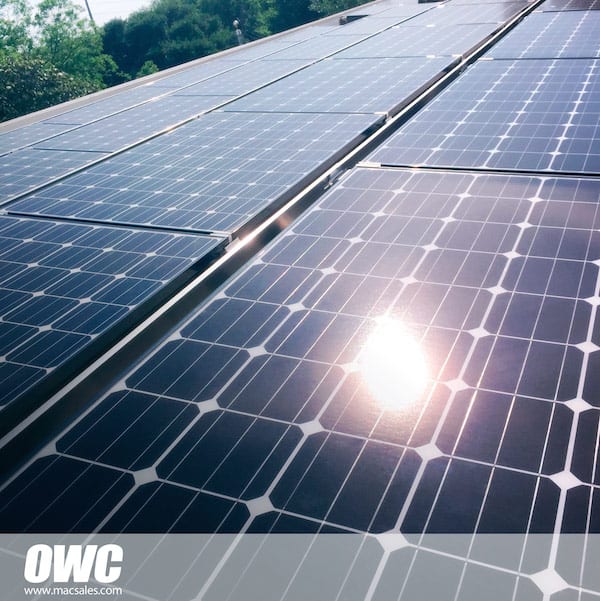






JUST wait until you have to change out your roof, or you have a problem with your system or even more disastrous..to the environment, the panels need to be replaced. Hint they aren’t recycled, they’re hazardous waste, loaded with lead and cadmium. They must be stored in a nice dry envoirment. Look at the environmental impact of making panels and add that into the calculations of being ‘green’.
BTW the zinger is….CO2 isn’t a damn pollutant, it is plant food.